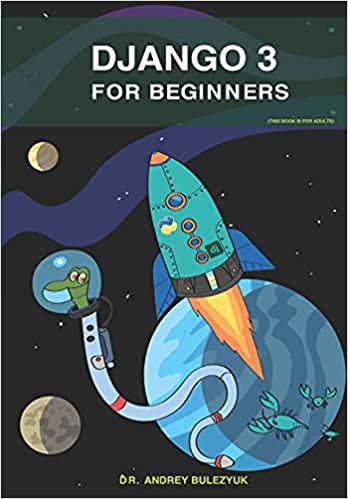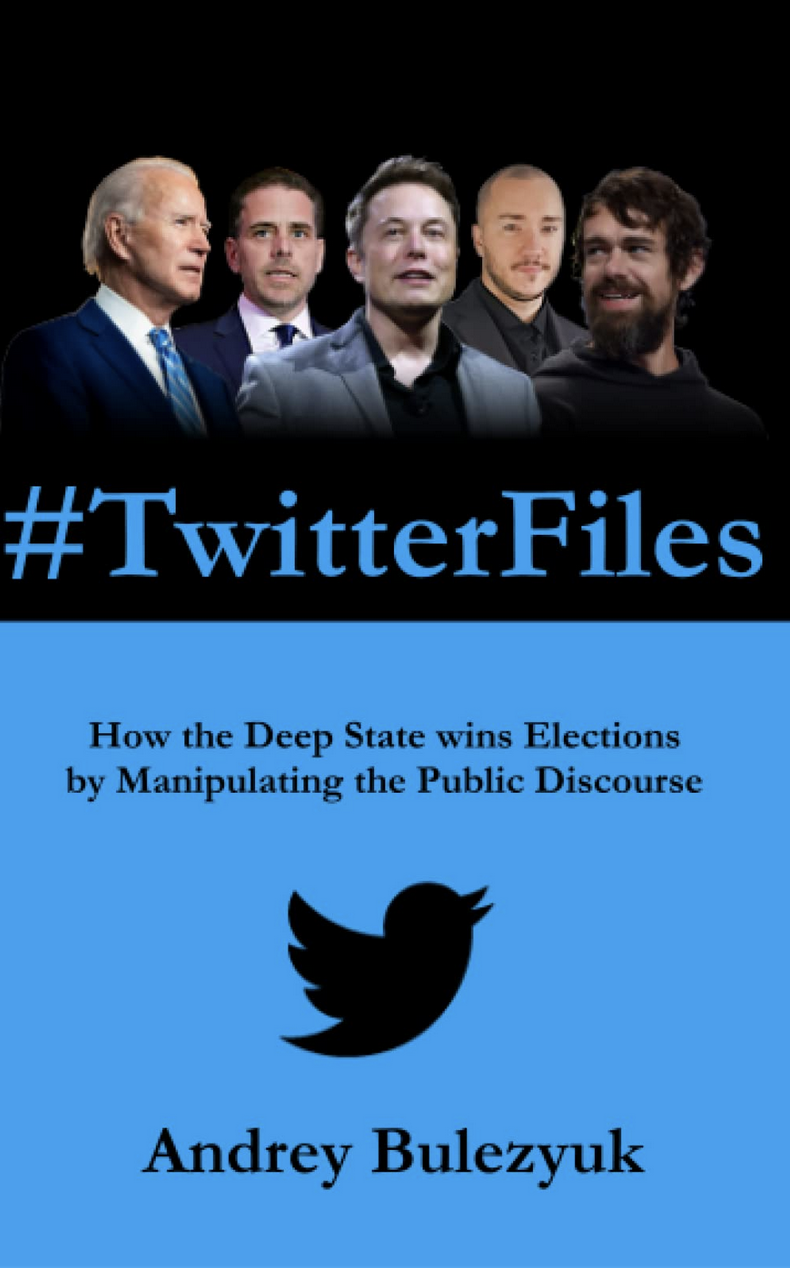- Introduction to Python and C Language Mix
- Challenges of Working with Python and C Language Mix
- Best Practices for Tackling Python and C Language Mix
- Tools and Resources for Working with Python and C Language Mix
Introduction to Python and C Language Mix
Python and C are two of the most popular programming languages in the world. Python is a high-level, interpreted language that is easy to learn and use, while C is a low-level, compiled language that is fast and efficient. Both languages have their own strengths and weaknesses, and they are often used together to create powerful applications.
The combination of Python and C can be particularly useful when working on projects that require high performance and low-level control. For example, if you are working on a project that involves data analysis and machine learning, you might use Python for the high-level logic and C for the low-level optimization. Similarly, if you are working on a project that involves hardware programming, you might use C for the low-level control and Python for the high-level scripting.
However, working with Python and C together can also be challenging. The two languages have different syntax, data types, and memory management models, which can make it difficult to integrate them seamlessly. In the next section, we will explore some of the challenges of working with Python and C language mix and how to overcome them.
Challenges of Working with Python and C Language Mix
One of the biggest challenges of working with Python and C language mix is the difference in memory management. Python uses automatic memory management, which means that the interpreter takes care of allocating and deallocating memory for you. On the other hand, C requires manual memory management, which means that you have to allocate and deallocate memory yourself. This can lead to memory leaks and other issues if you are not careful.
Another challenge is the difference in data types. Python has a dynamic type system, which means that you don’t have to declare the data type of a variable before using it. C, on the other hand, has a static type system, which means that you have to declare the data type of a variable before using it. This can lead to type errors and other issues if you are not careful.
Finally, there is the challenge of integrating the two languages seamlessly. Python and C have different syntax and function calling conventions, which can make it difficult to call C functions from Python and vice versa. There are several tools and libraries available that can help with this, such as ctypes and SWIG, but they can be complex to use and require a good understanding of both languages. In the next section, we will explore some best practices for tackling Python and C language mix.
Best Practices for Tackling Python and C Language Mix
To overcome the challenges of working with Python and C language mix, there are several best practices that you can follow. First, it is important to have a good understanding of both languages and their differences. This will help you to identify potential issues and design your code in a way that minimizes them.
Second, it is important to use the right tools and libraries. There are several tools and libraries available that can help you to integrate Python and C seamlessly, such as ctypes, SWIG, and Cython. These tools can help you to call C functions from Python and vice versa, and they can also help you to manage memory and data types.
Third, it is important to test your code thoroughly. Testing is especially important when working with Python and C language mix, as there are many potential issues that can arise. Make sure to test your code on different platforms and with different inputs to ensure that it works as expected.
Finally, it is important to document your code well. When working with Python and C language mix, it can be easy to forget how different parts of your code work together. By documenting your code well, you can make it easier for yourself and others to understand how your code works and how to use it.
Tools and Resources for Working with Python and C Language Mix
There are several tools and resources available that can help you to work with Python and C language mix. One of the most popular tools is ctypes, which is a foreign function library for Python that allows you to call functions in shared libraries written in C. ctypes provides a simple and easy-to-use interface for calling C functions from Python, and it also includes support for data types and memory management.
Another popular tool is SWIG, which is a software development tool that connects programs written in C and C++ with scripting languages such as Python. SWIG generates wrapper code that allows you to call C functions from Python and vice versa, and it also includes support for data types and memory management.
If you are looking for a more powerful and flexible tool, you might consider using Cython. Cython is a programming language that is a superset of Python, which means that it includes all of the features of Python as well as additional features for working with C. Cython allows you to write Python code that is compiled to C, which can provide a significant performance boost.
In addition to these tools, there are also several resources available that can help you to learn more about working with Python and C language mix. The Python documentation includes a section on extending and embedding Python with C, which provides a good introduction to the topic. There are also several books and online courses available that cover the topic in more depth.








0 Comments